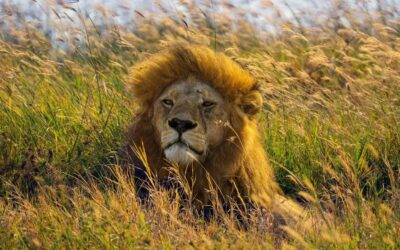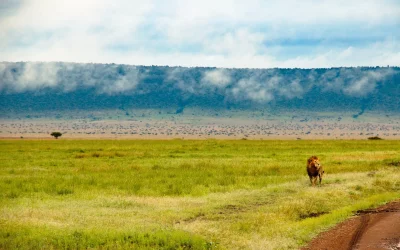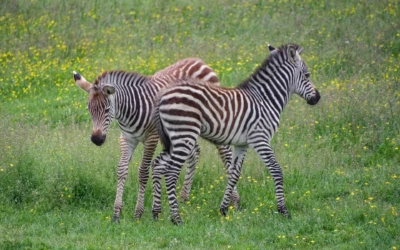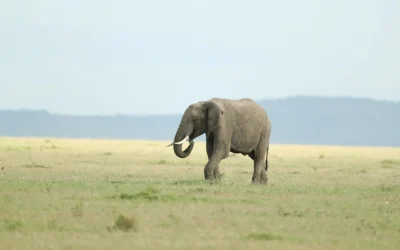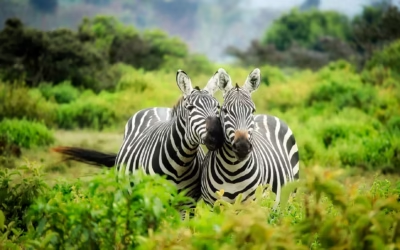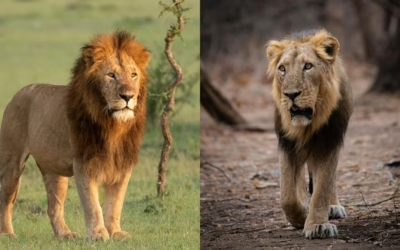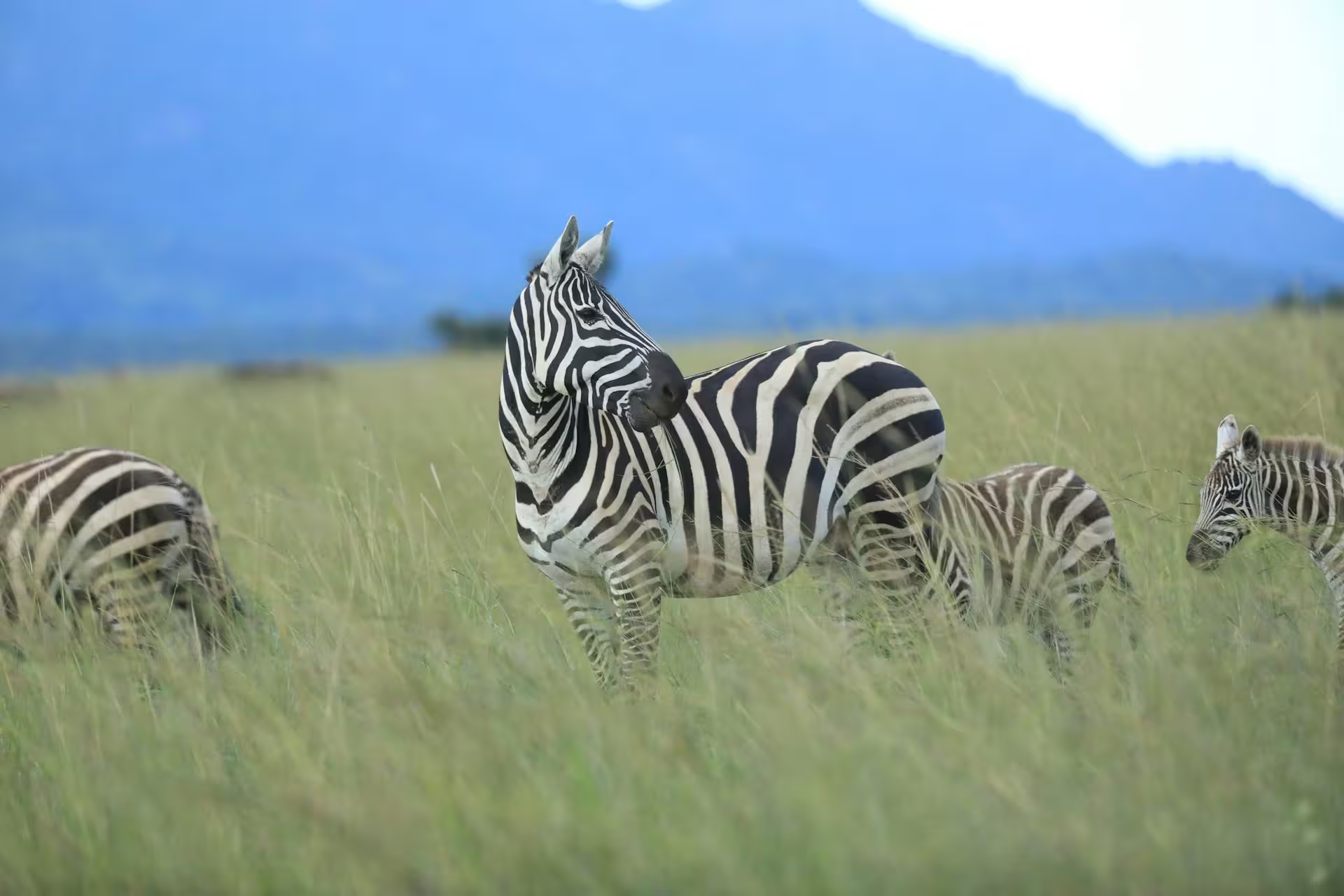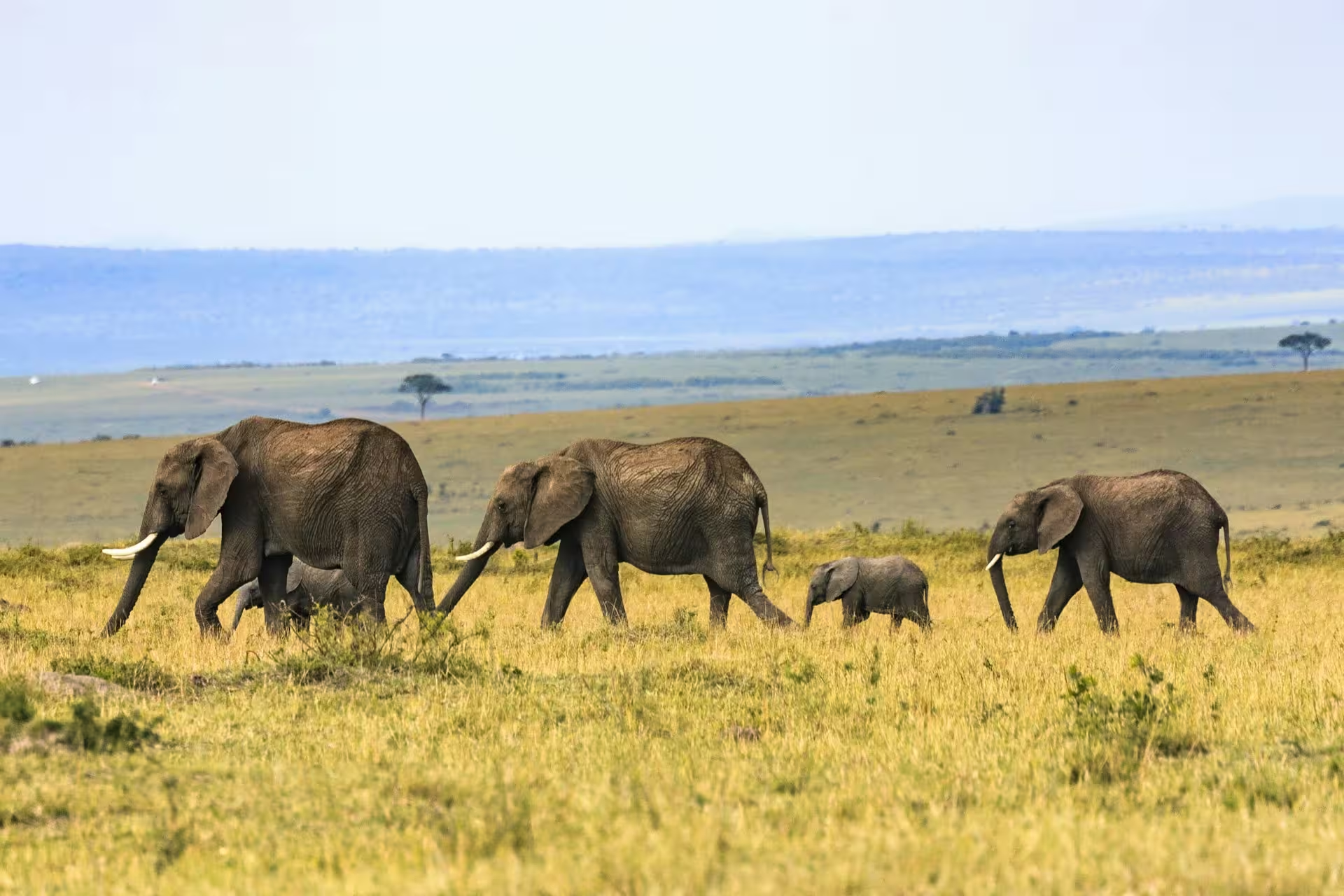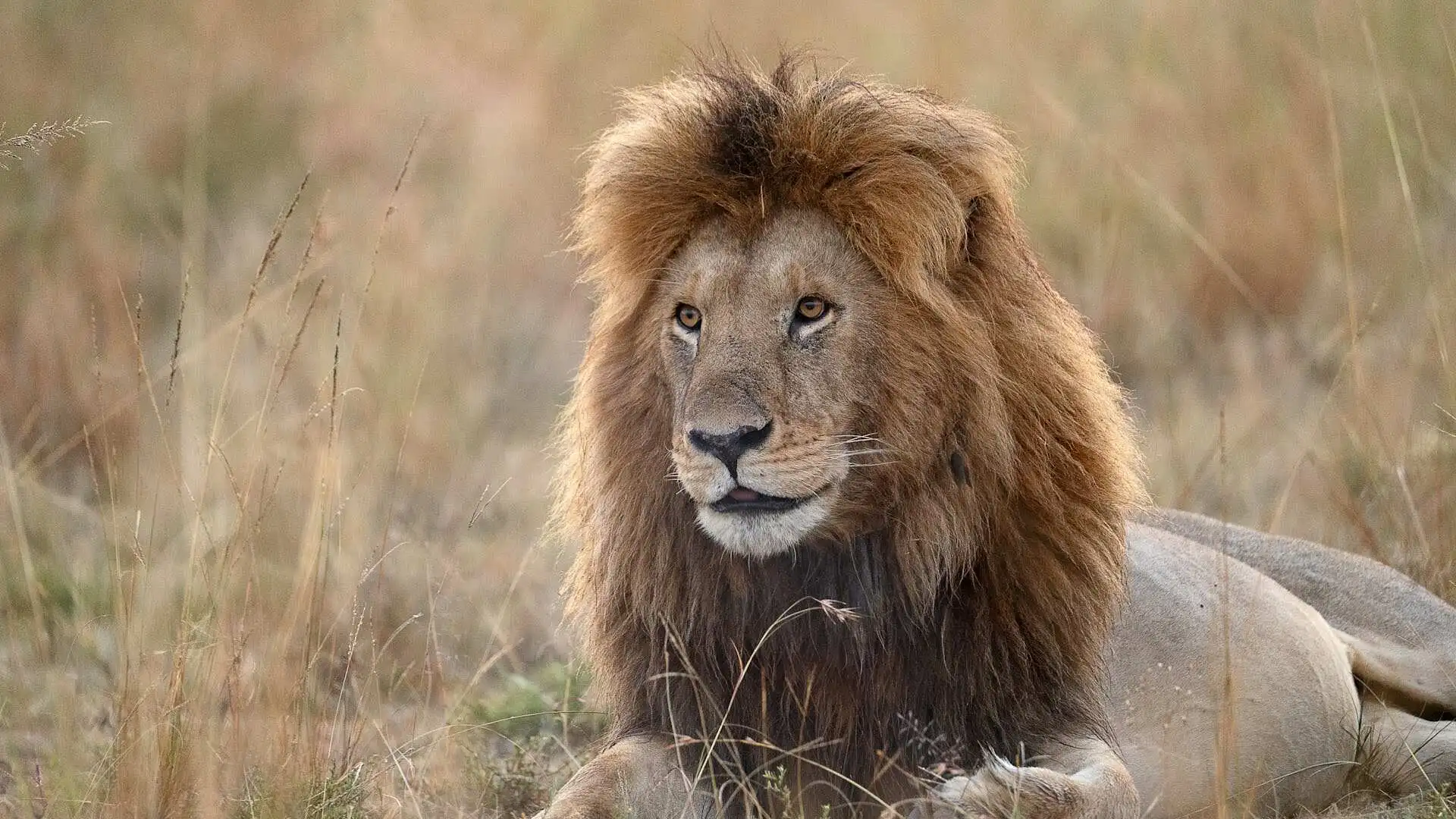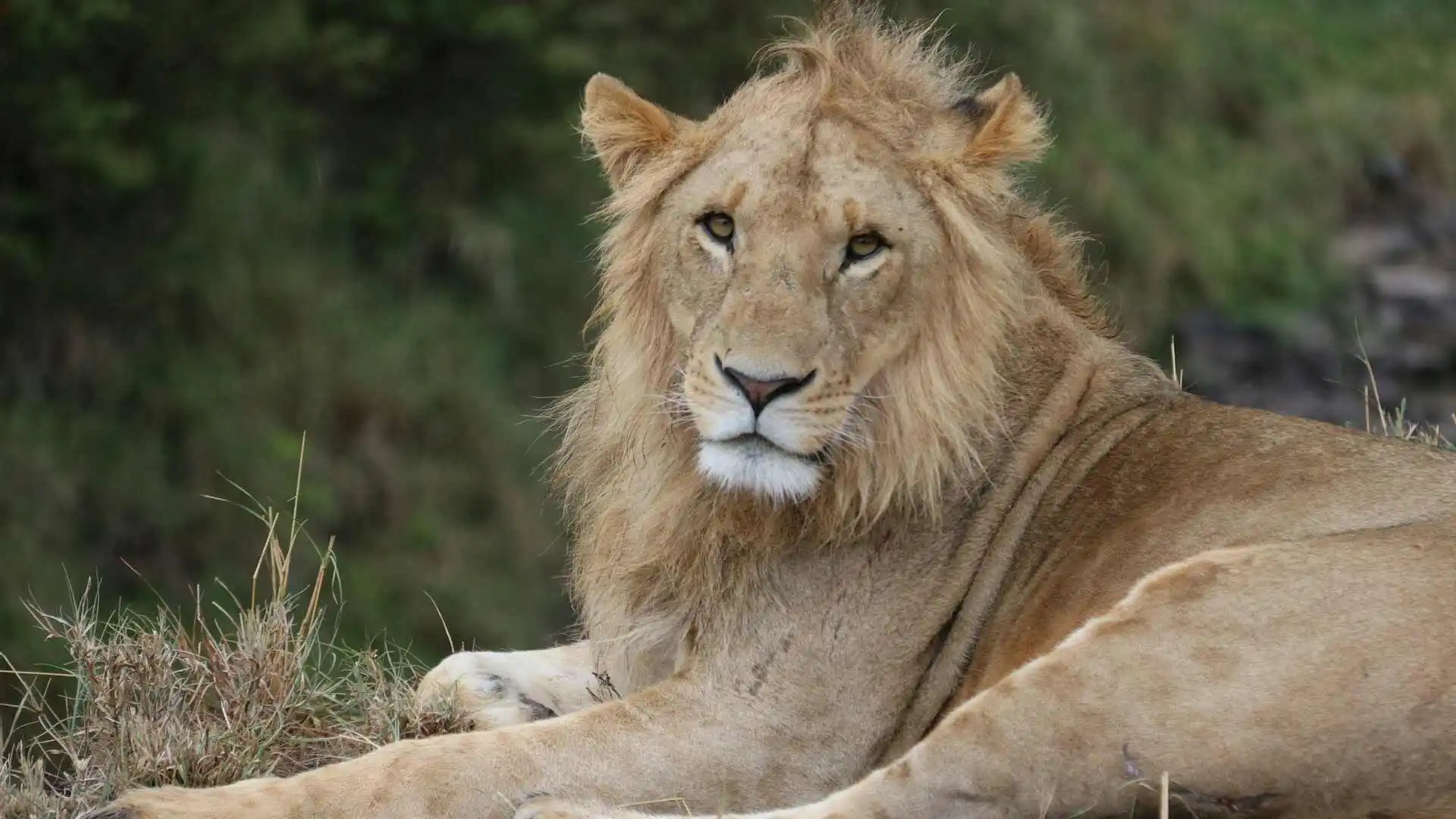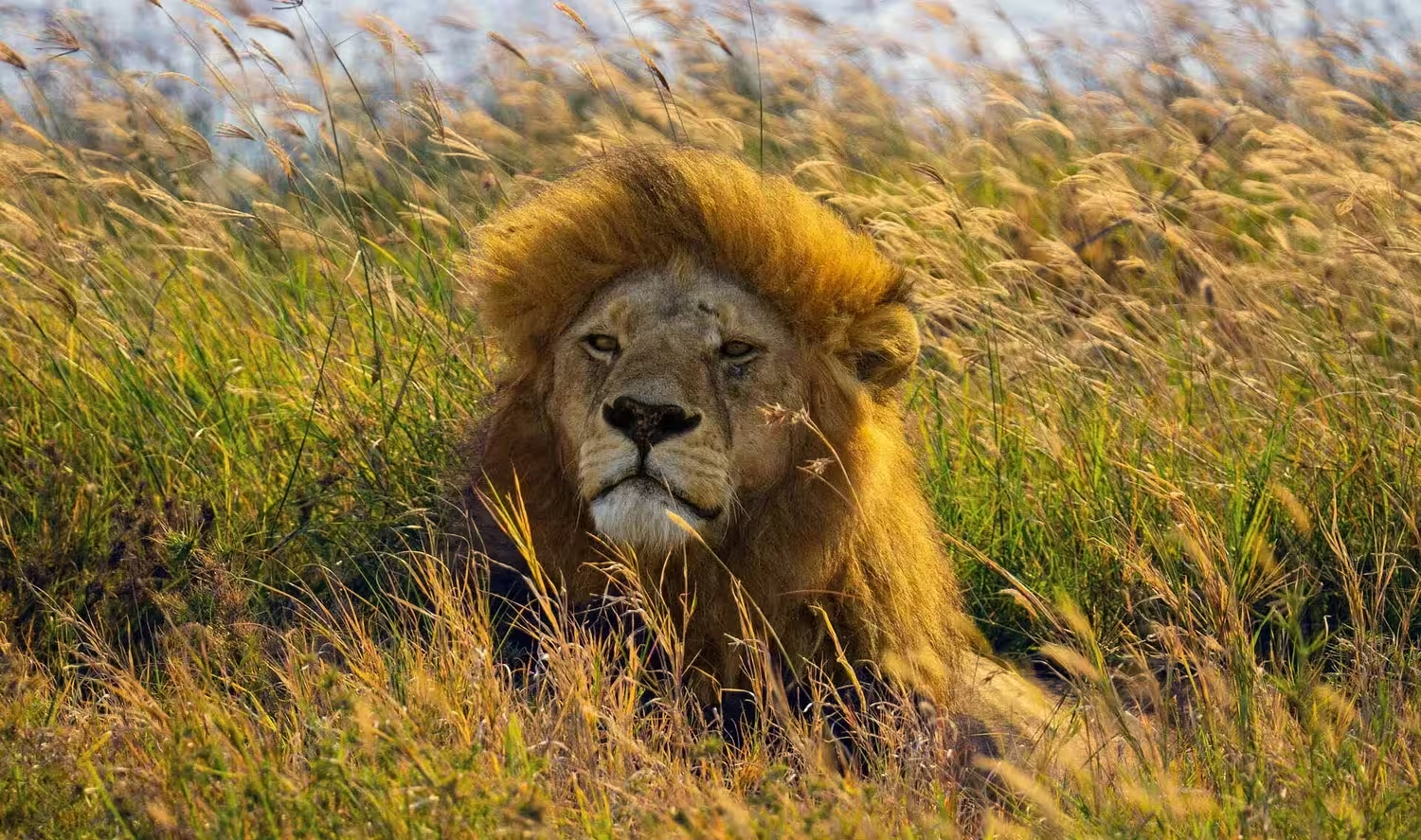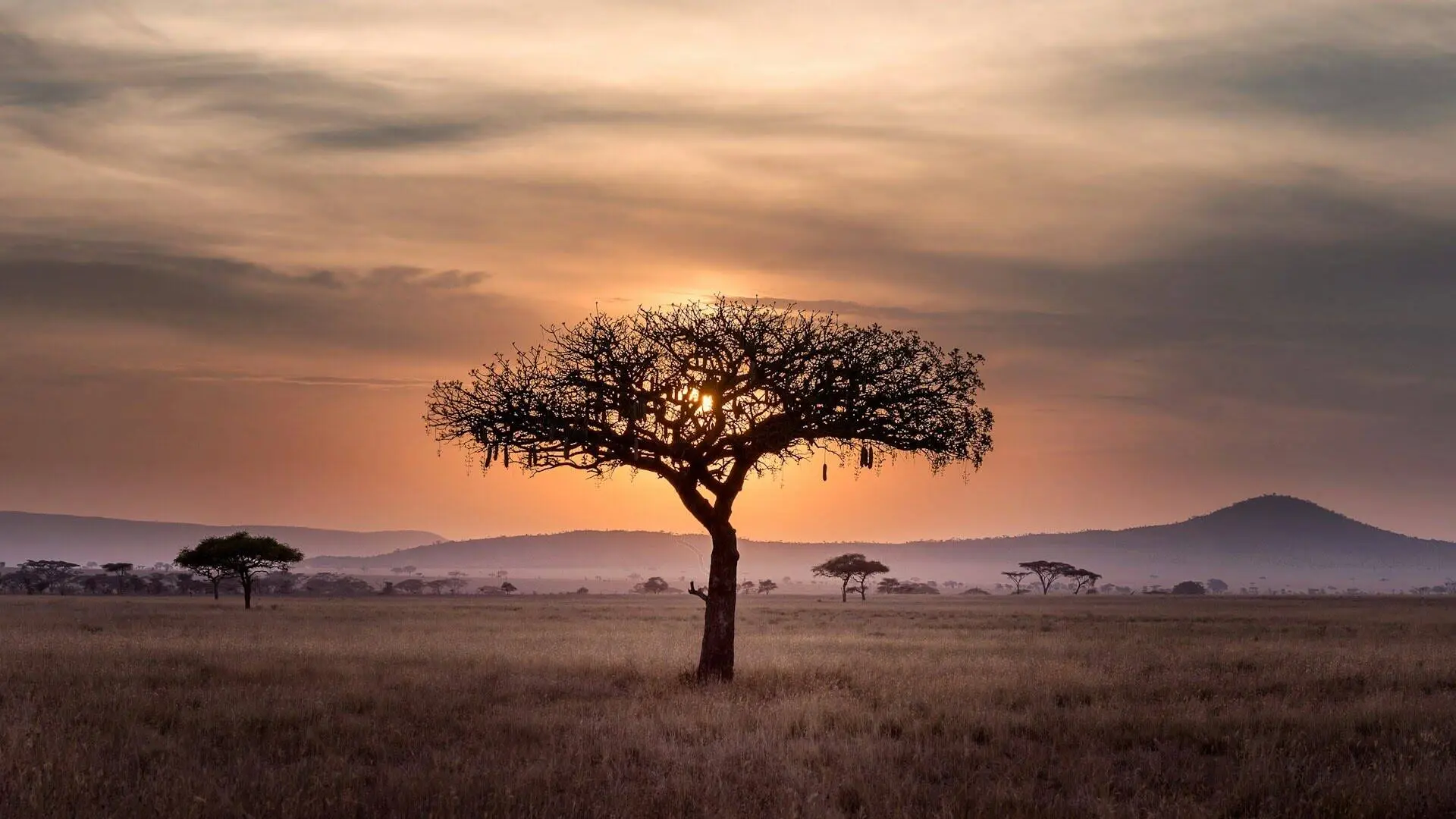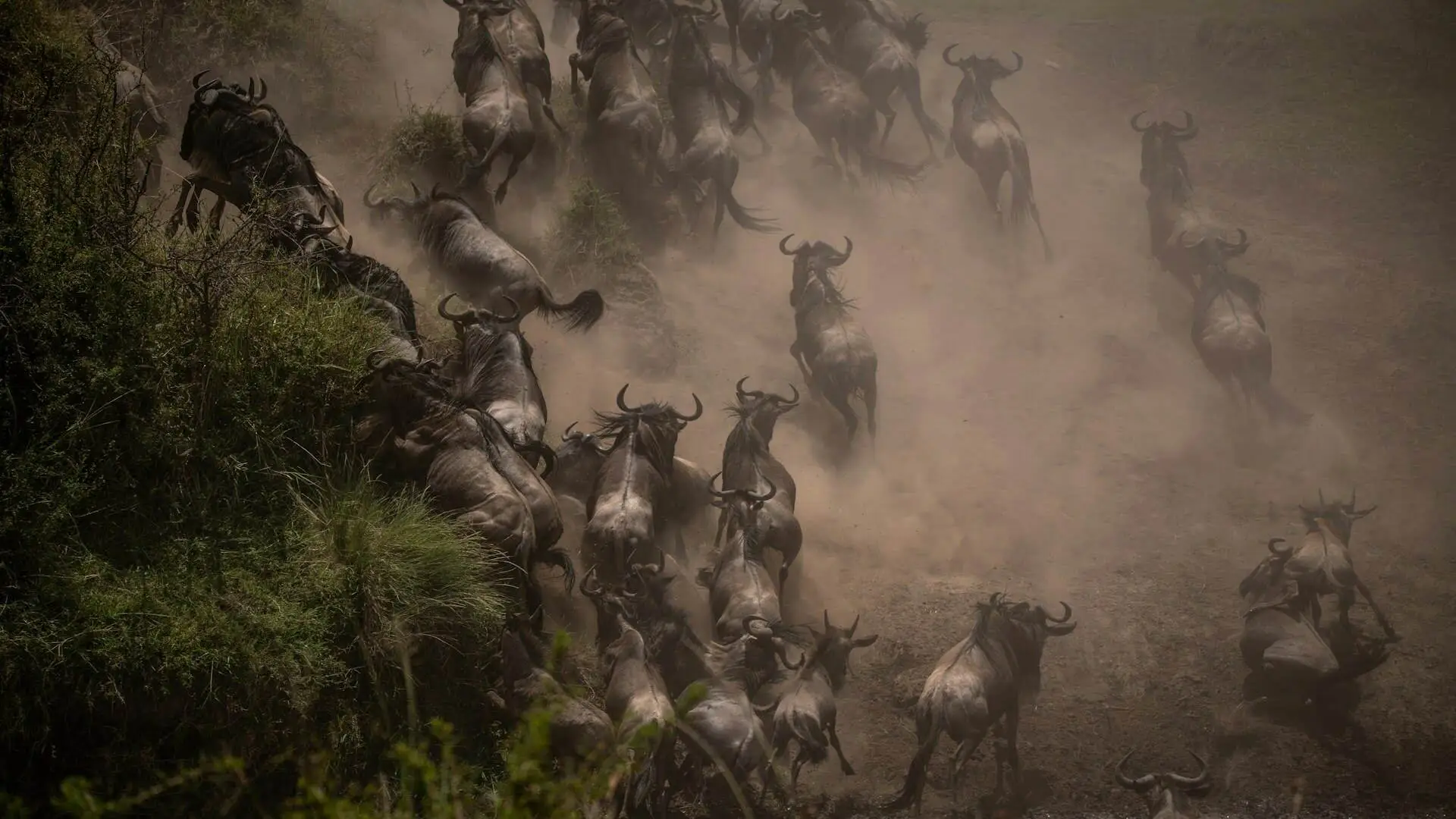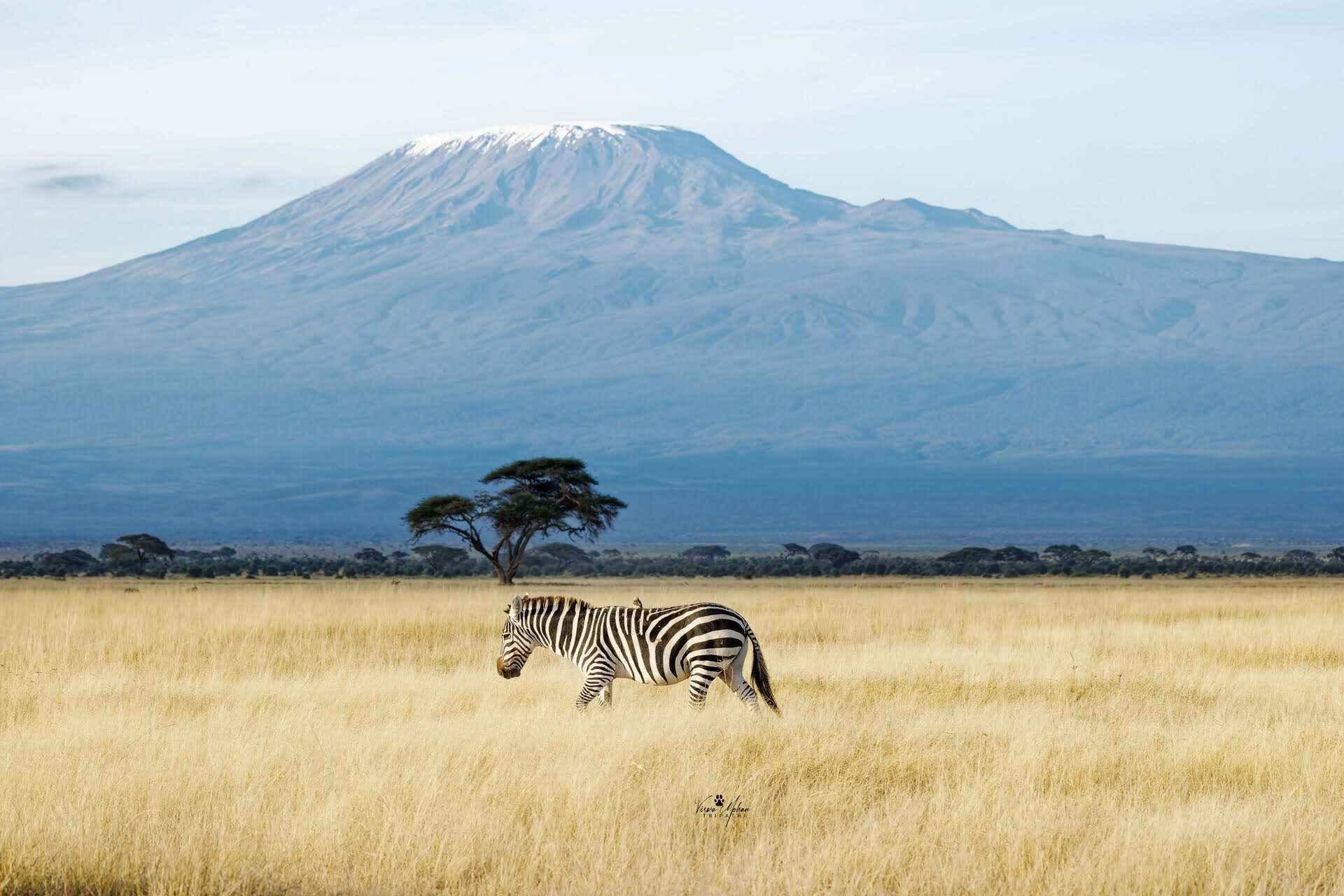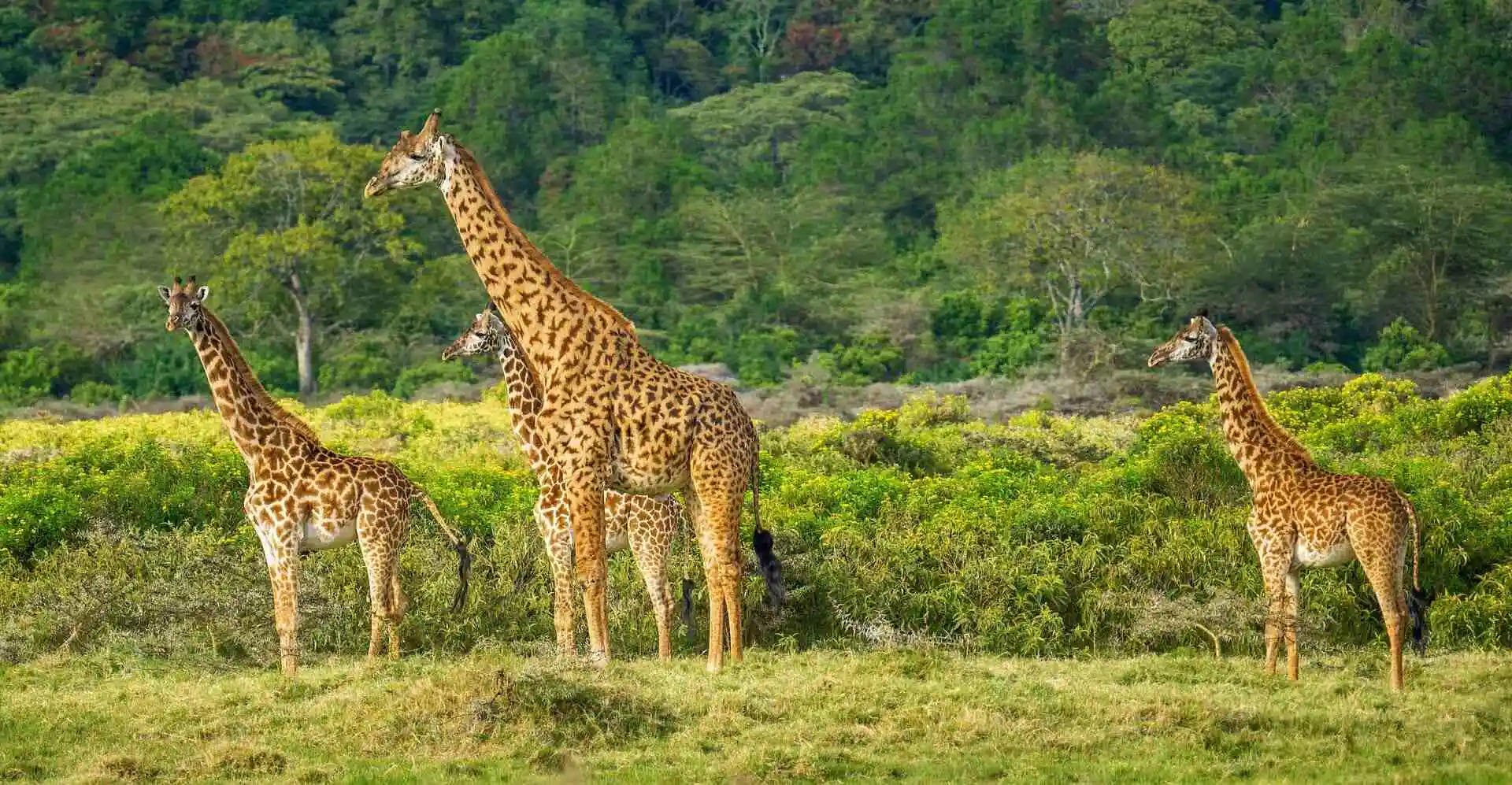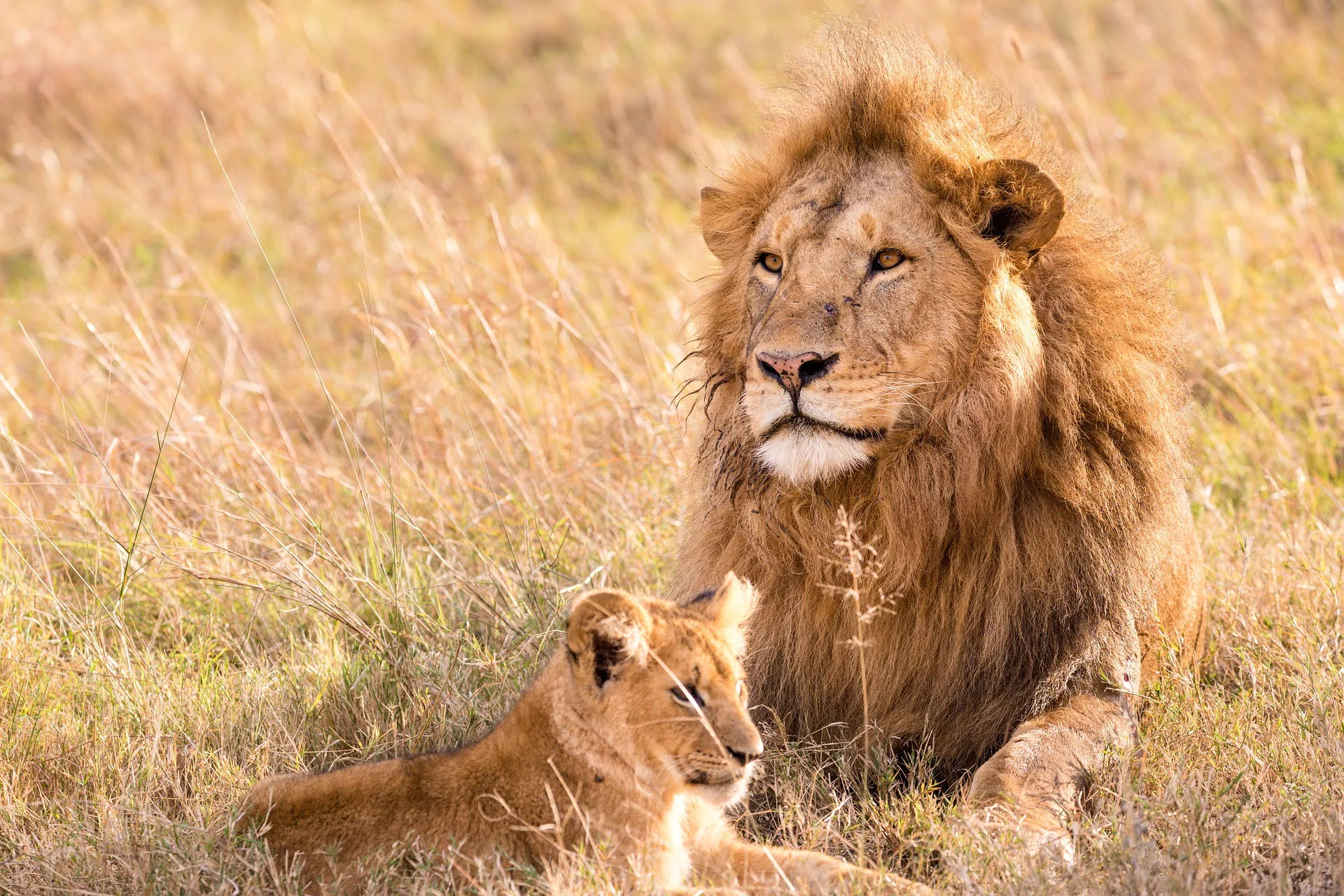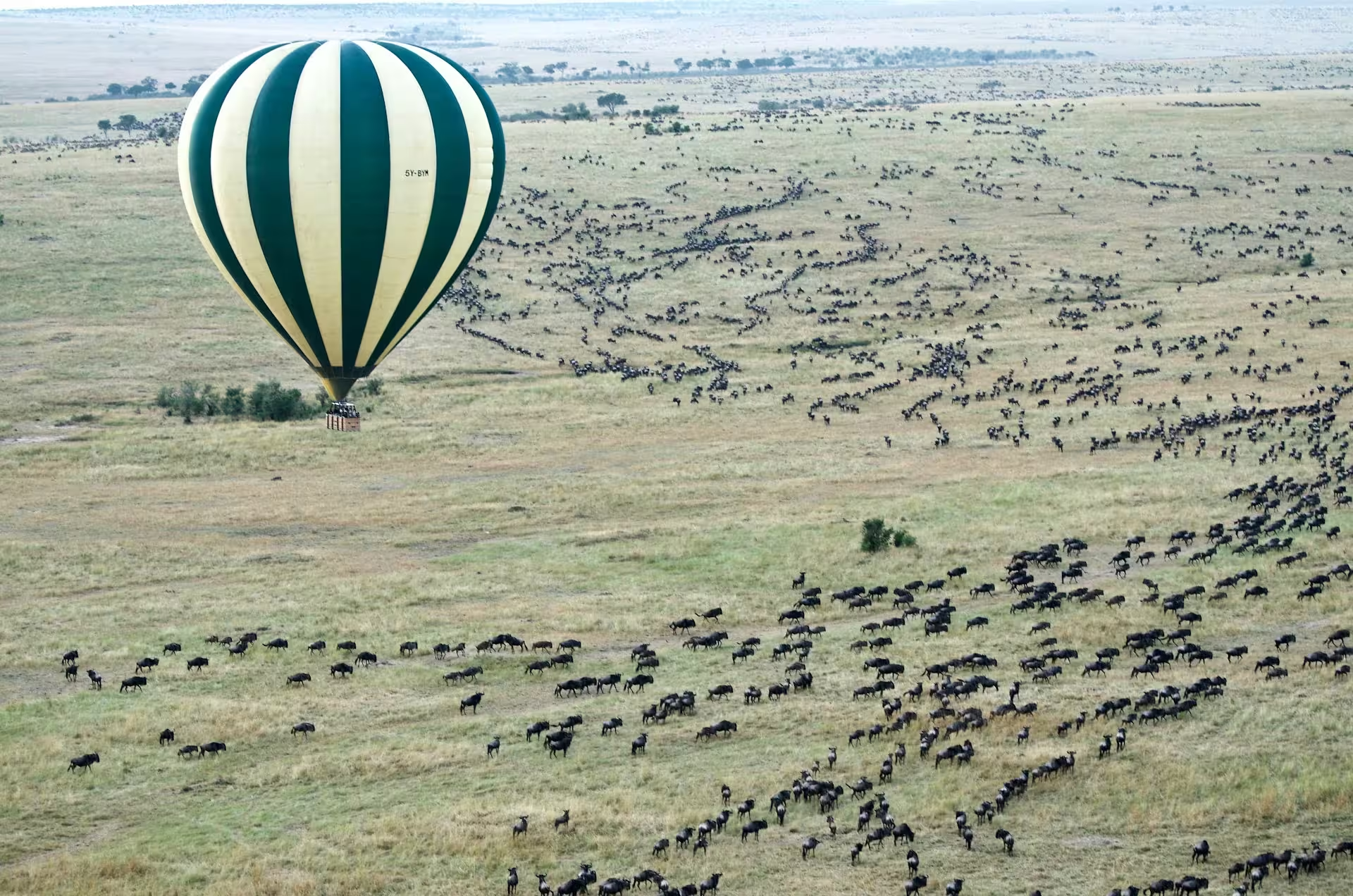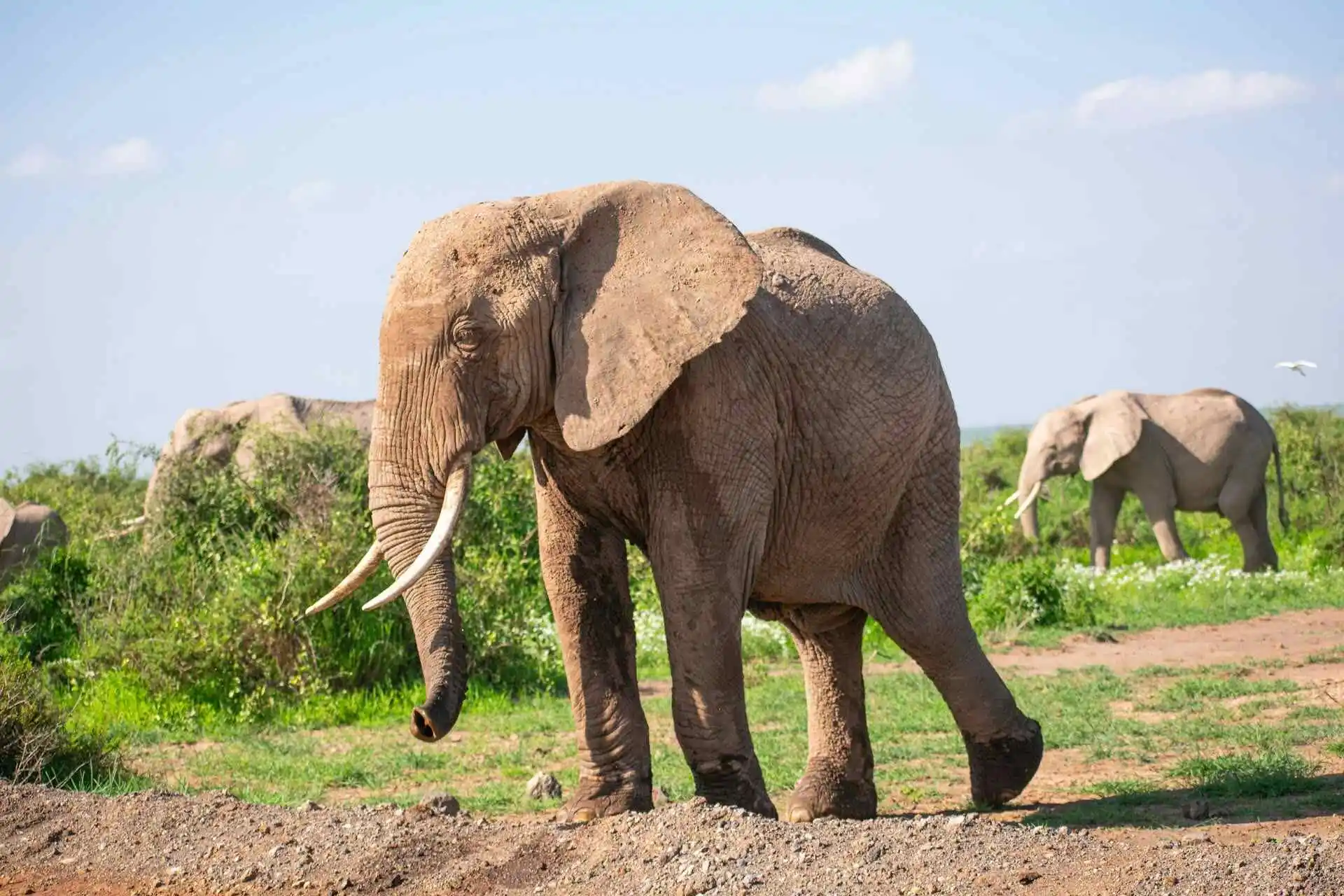Spotting a cheetah on an African safari feels like hitting the jackpot. These fast, graceful cats are totally different from other big cats like lions and tigers. While lions are known for their pride drama and tigers are famous for their strength. Cheetahs quietly rule their own space but are fascinating.
Here is Why Cheetahs are Unique than Other Big Cats
Speed but Not Strength
Cheetahs are the fastest animals on land. They can reach speeds of 100–120 km/h. They can go from 0 to 60 mph in just a few seconds! However, unlike lions and tigers, cheetahs are not built for fighting. They have slim bodies, long legs, and small heads, all of which help them speed up quickly.
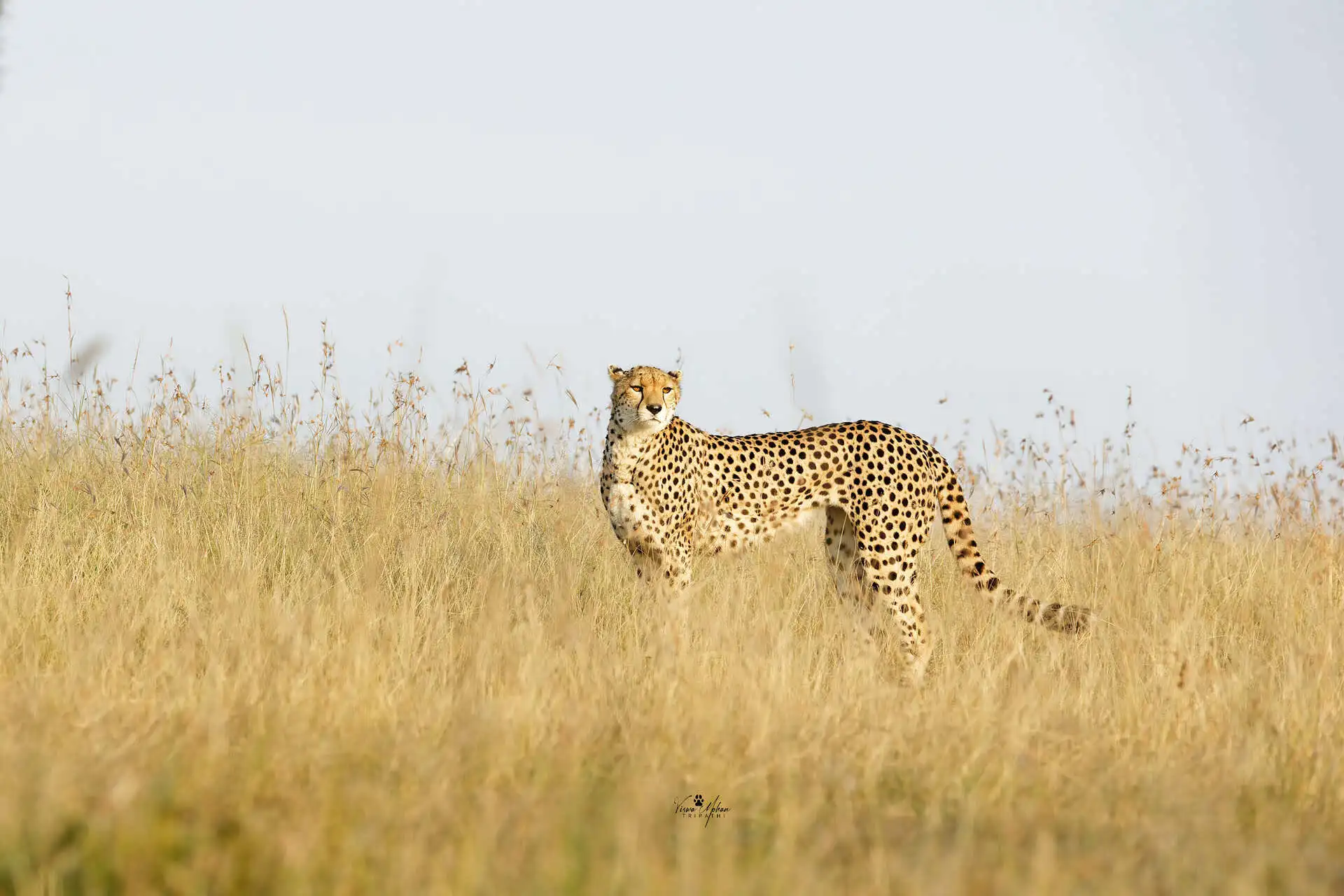
They Hunt During the Day
While other big cats hunt at night, cheetahs hunt during the day. You will find them active mostly in early morning or late afternoon. They rely on their excellent eyesight rather than smell or sound. Instead of ambushing prey like tigers or hunting in packs like lions, cheetahs sneak up on their prey and use a burst of speed to chase down antelopes and hares. It is risky but rewarding. They eat fast to avoid having their meal stolen by stronger predators.
Staying Lonely is Their Power
Cheetahs are solitary animals, unlike lions that live in large prides. Males, especially brothers, sometimes form small groups called coalitions. Tigers, like cheetahs, are solitary, but they are much more territorial and aggressive. Cheetahs are more relaxed and try to avoid conflict.
No Roars but Only Chirps and Purrs
Unlike lions, cheetahs cannot roar. Their voice box is different. They communicate using chirps, yelps, hisses, and purrs. These sounds are much softer than the loud roars of lions, which can be heard miles away. If you are lucky, you might even hear a mother cheetah calling her cubs with a bird-like chirp.
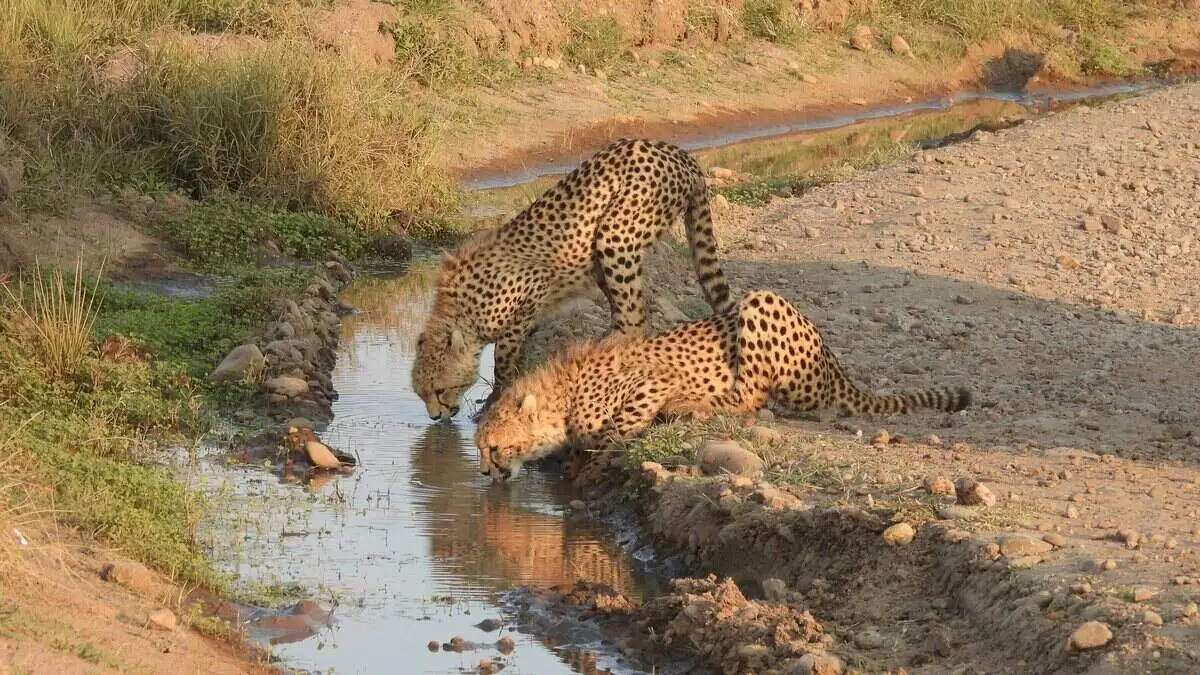
Living on the Edge
Cheetahs prefer open grasslands and savannahs, where they can run at top speed. Leopards love climbing trees, or lions, which live in a variety of terrains. Cheetahs need wide-open spaces. Unfortunately, their habitats are shrinking and they are becoming harder to find due to human-wildlife conflict. Cheetahs are now listed as vulnerable, and their numbers are low in some areas.
Spots and Tear Marks
You can easily spot a cheetah. They have solid black spots with a slender tail and black rings. There are distinctive black “tear marks” running from their eyes to their mouth. These tear marks reduce glare and help cheetahs focus on their prey in bright daylight, which acts as a complete natural sport sunglass.
Why is So Special about Spotting a Cheetah on Safari?
Seeing a cheetah on safari is a rare and exciting experience. You are less likely to see a cheetah than a lion. Cheetahs are active during the day, which gives photographers the perfect lighting. The image of a cheetah on a termite mound, watching the horizon in the golden light of dawn is simply amazing.
For the best chance of spotting cheetahs during your safari:
- Visit open plains habitats like the Serengeti or Masai Mara
- Go on game drives early in the morning or late in the afternoon
- Be patient near elevated spots where you can get a good view
- Keep binoculars ready for distant sightings
- Listen for alarm calls from gazelles and impalas
Cheetah sightings are the main highlight of any safari. Their speed, grace, and unique traits make them a myriad part of Africa’s wildlife.
Big Cat Comparison: Cheetahs vs Lions, Tigers & Leopards
| Feature | Cheetah | Lion | Tiger | Leopard |
|---|---|---|---|---|
| Speed | Fastest land animal (up to 120 km/h) | Moderate (up to 80 km/h) | Strong but not built for speed | Agile but slower than cheetah |
| Hunting Time | Daytime | Mostly night | Night | Night |
| Hunting Style | Solo, sight-based chase | Group hunting (pride strategy) | Solitary ambush | Solitary ambush |
| Social Behavior | Mostly solitary or small groups | Lives in large prides | Solitary | Solitary |
| Roaring Ability | Cannot roar; chirps and purrs | Yes – loud, far-reaching roars | Yes – powerful roar | Yes – deep, raspy roar |
| Body Build | Slim, light, aerodynamic | Muscular and bulky | Stocky and powerful | Stocky but smaller than tiger |
| Markings | Solid black spots, tear marks | Tawny with faint spots (cubs) | Vertical black stripes | Rosette-shaped black spots |
| Habitat | Open plains and savannahs | Grasslands, woodlands | Forests, swamps, grasslands | Forests, rocky terrain, savannah |
| Conservation Status | Vulnerable | Vulnerable | Endangered | Vulnerable |
Ready to Spot a Cheetah in the Wild?
Join us on an unforgettable African safari and witness these incredible cats in their natural habitat.

